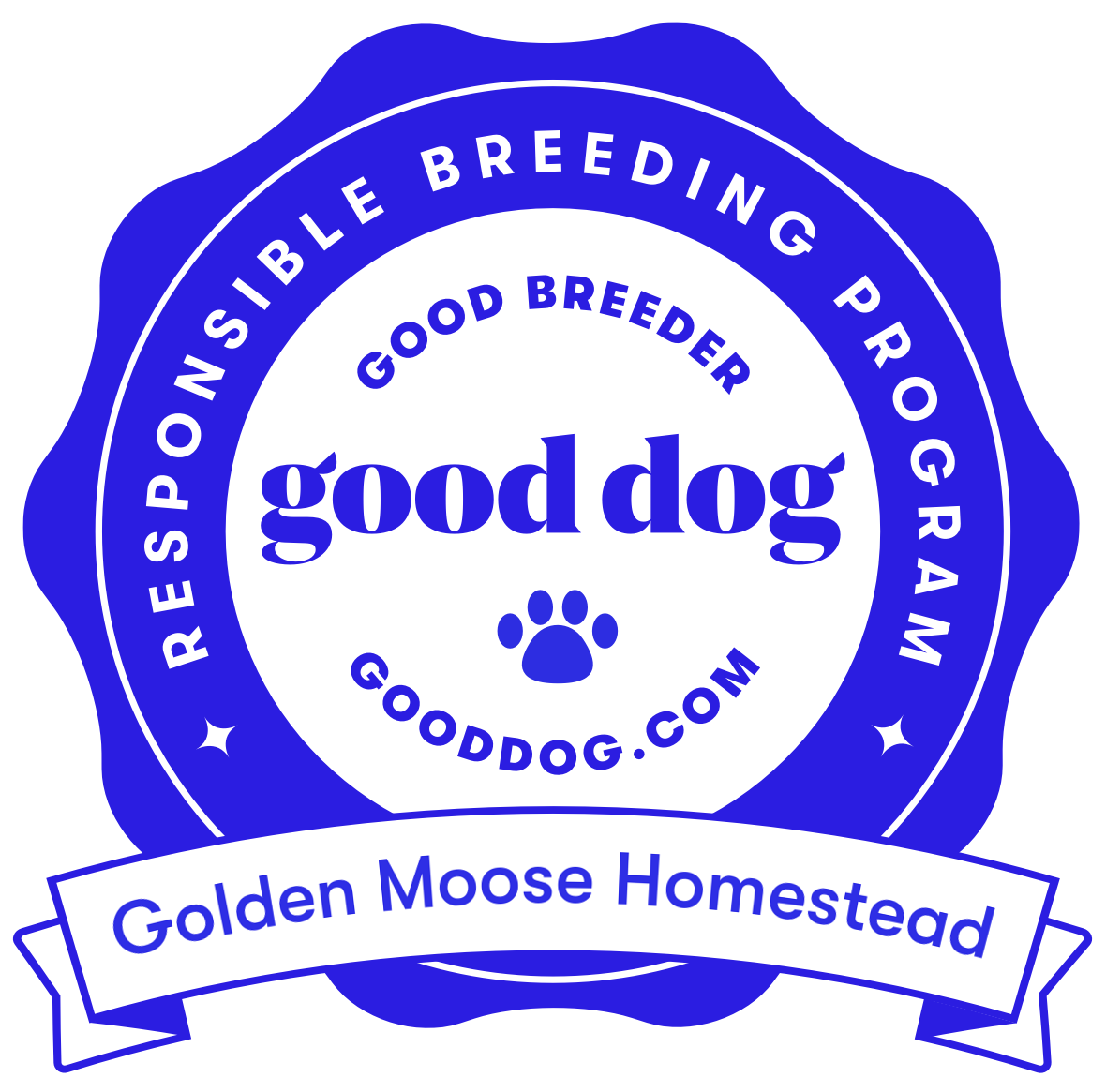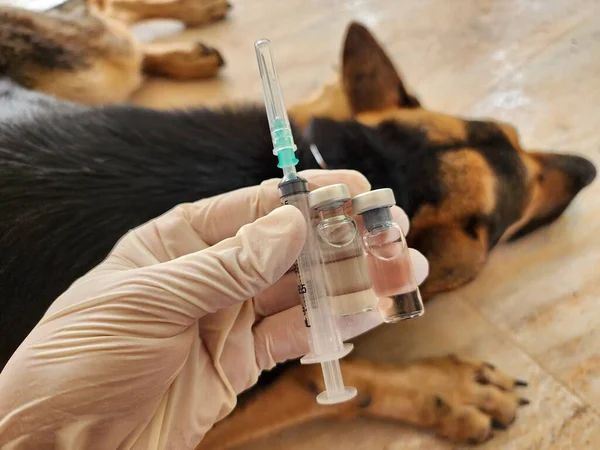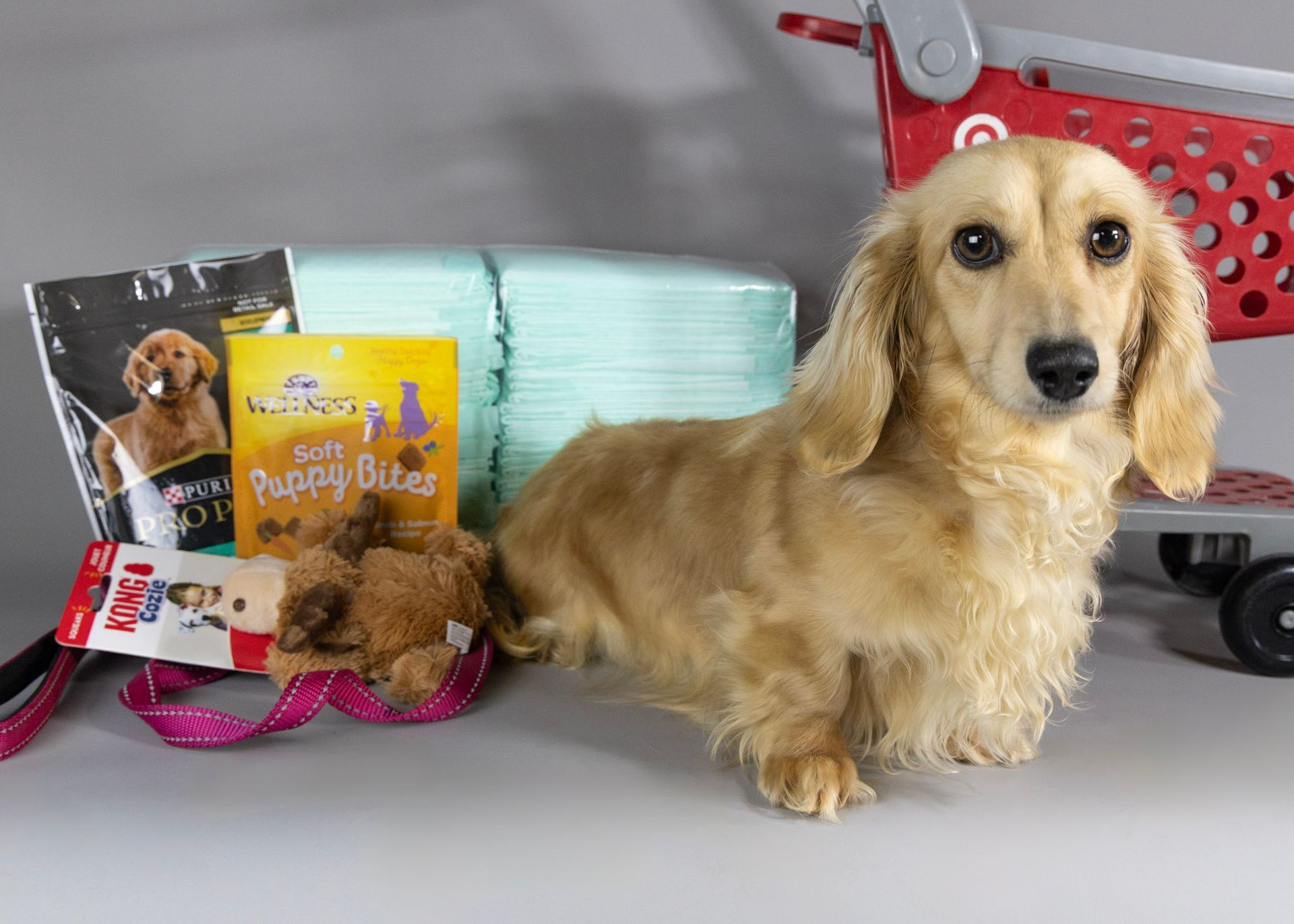
Temperament Testing
The Volhard Puppy Aptitude Test (VPAT)
Conducted at 7 weeks of age (day 49 of life).
The VPAT was developed based on decades of research and consolidated into an easy to apply test. Puppies are scored 1 - 6 on ten different tests. It's important to note that there is no 'right' answer or response for the puppies in these tests. The goal is to uncover the disposition of the puppy to see if they are suitable for homes with children or other pets, a young family or older couple, and an indication of what they will be like personality-wise as they develop further. While based on research the results of these tests should help you make a decision but doesn't need to be the deciding factor. All of our puppies should rate mostly 3's or 4's.
The scores of these tests are as follows:
Source of scores: https://www.volharddognutrition.com/choosing-your-puppy-pat
Description Title
Mostly 1's
▪ Strong desire to be pack leader and is not shy about bucking for a promotion.
▪ Has a predisposition to be aggressive to people and other dogs and will bite.
▪ Should only be placed into a very experienced home where the dog will be trained and worked on a regular basis.
Top Dog Tips: Stay away from the puppy with a lot of 1’s or 2’s. It has lots of leadership aspirations and may be difficult to manage. This puppy needs an experienced home. Not good with children.
Description Title
▪ Also has leadership aspirations
▪ May be hard to manage and has the capacity to bite
▪ Has lots of self-confidence
▪ Should not be placed into an inexperienced home
▪ Too unruly to be good with children and elderly people, or other animals
▪ Needs strict schedule, loads of exercise and lots of training
▪ Has the potential to be a great show dog with someone who understands dog behavior
Description Title
▪ Can be a high-energy dog and may need lots of exercise
▪ Good with people and other animals
▪ Can be a bit of a handful to live with
▪ Needs training, does very well at it and learns quickly
▪ Great dog for second time owner.
Description Title
▪ The kind of dog that makes the perfect pet.
▪ Best choice for the first time owner.
▪ Rarely will buck for a promotion in the family.
▪ Easy to train, and rather quiet.
▪ Good with elderly people, children, although may need protection from the children.
▪ Choose this pup, take it to obedience classes, and you’ll be the star, without having to do too much work!
Tidbits: The puppy with mostly 3’s and 4’s can be quite a handful, but should be good with children and does well with training. Energy needs to be dispersed with plenty of exercise.
Description Title
▪ Fearful, shy and needs special handling
▪ Will run away at the slightest stress in its life
▪ Strange people, strange places, different floor or ground surfaces may upset it
▪ Best for a quiet, elderly couple
▪ If cornered and cannot get away, has a tendency to bite
▪ Often afraid of loud noises and terrified of thunder storms. When you greet it upon your return, may submissively urinate. Needs a very special home where the environment doesn’t change too much and where there are no children
Description Title
▪ So independent that he doesn’t need you or other people.
▪ A great guard dog for gas stations!
▪ Doesn’t care if he is trained or not - he is his own person. Unlikely to bond to you, since he doesn’t need you.
Do not take this puppy and think you can change him into a lovable bundle - you can’t, so leave well enough alone.
Avidog Puppy Evaluation Test (APET)
The APET took the basics of the Volhard Test and added tons more scientific research to create a highly detailed and rigorous test. There are 23 testing components that help evaluate 33 different temperament characteristics. Once completed, each puppy will have an individual profile that can be used to pair puppies to their future homes and tailor a training plan to match their temperament. We also discover a temperament profile of the litter so we as the breeder can many any adjustments we need to in the first 8-weeks to ensure the likelihood of desirable traits.
We can complete one of these tests between 7 and 8 weeks, ideally closer to 8 weeks. This test is highly detailed and requires a LOT of set-up and assistance from outsiders. We will typically utilize the VPAT as it is simpler and yields similar findings in our experience.
To read the full Avidog Puppy Evaluation Test Guide click here.






